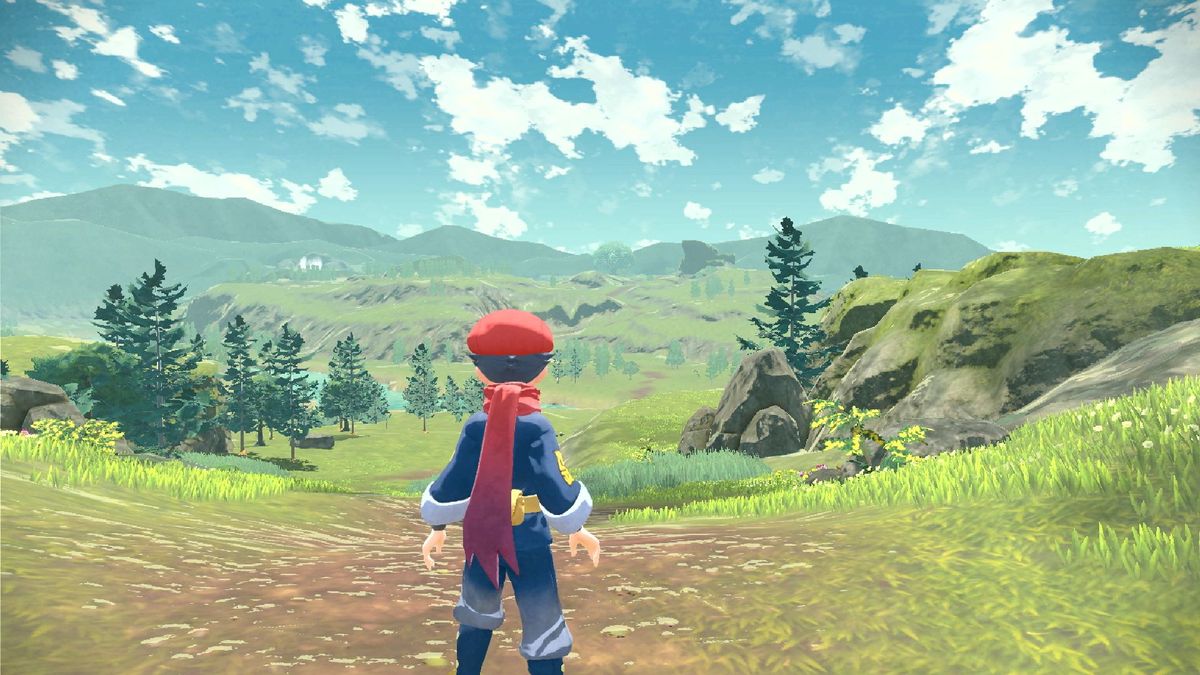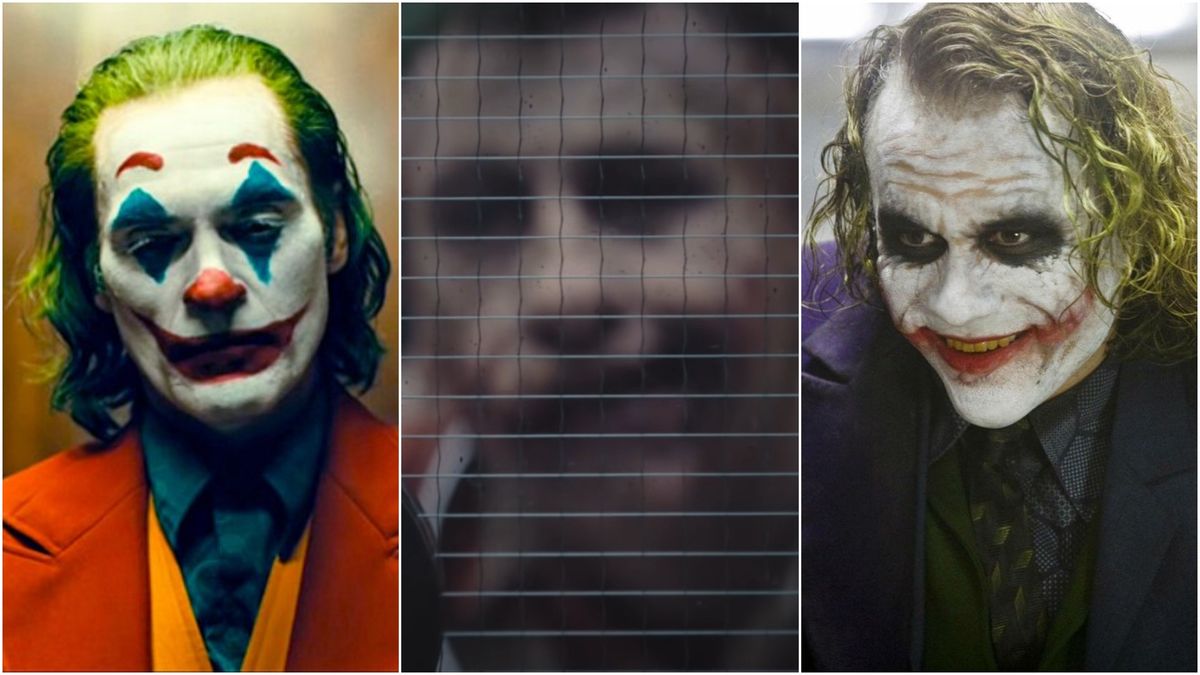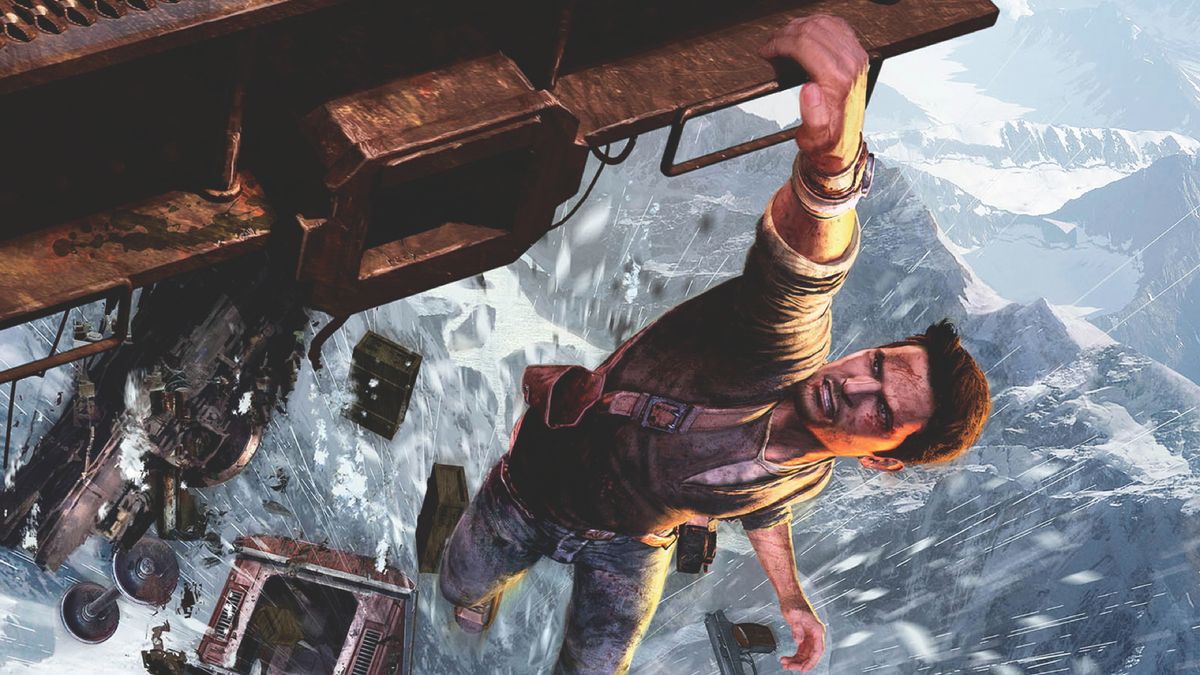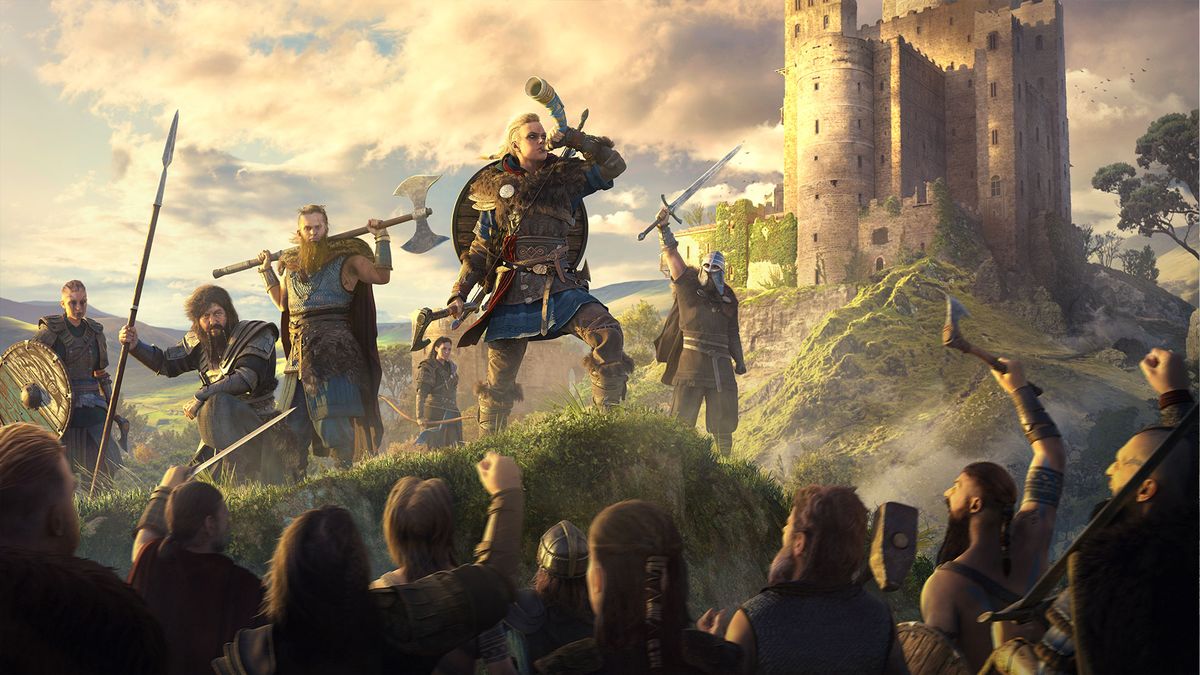Some videogame series are constant. In the years since they were introduced, they’ve always been around, dropping a sequel every few years and rarely, if ever, breaking continuity; your Marios and your Zeldas, your Sonics and your Ratchets. This article isn’t about them. It’s about game franchises that disappeared, maybe for years, only to re-emerge as something completely new. Something that shook up the formula and changed everything, and worked so well that it not only brought its series back from obscurity, but redirected and reshaped everything that would come afterward. And in the spirit of the New Year, we decided now would be as good a time as any to give gaming’s most iconic, unforgettable rebirths their due.
7. Ninja Gaiden
What it was: If you were a gamer during the NES years and you liked your action games to deliver a decent story, chances are you crossed paths with the original Ninja Gaiden series at some point. Centered around a young, blue-garbed ninja who hopped around side-scroller levels and clung to walls, it started out as a seemingly simple revenge story, but quickly escalated to involve monsters, CIA spies and extradimensional dark gods bent on world conquest. It was also the first console game to use cutscenes – then called “cinemas” – to advance its plot between bouts of slashing up monsters and tossing around blasts from The Art of the Fire Wheel.

However, despite being popular enough to pump out four games (seven if you count the loosely related arcade, Master System and Game Gear versions), the series all but disappeared after 1991, reemerging only briefly for a 16-bit remastering four years later.

What it became: What had once been a relatively straightforward side-scroller was reborn in 2004 as a beautifully over-the-top, insanely difficult hack-and-slasher. While it had little to do with the 8-bit series, aside from starring a ninja named Ryu Hayabusa who carved up monsters with the mystical Dragon Sword, it immediately stole the “extreme action” crown from series like Devil May Cry and (eventually) followed up with two sequels, one of which couldn’t decide if it wanted to be about really outrageous gore or huge, cartoonishly bobbing tits.

Where it once set benchmarks for 8-bit storytelling, Ninja Gaiden is now synonymous with fast, elaborate action, stylish 3D platforming, barely clad female sidekicks and (on the 360, at least) buckets of spurting gore. And the upcoming third entry (which seems to focus heavily on Ryu sawing through enemy torsos with a katana) promises to elevate all that to new heights.
6. Donkey Kong Country
What it was: The original Donkey Kong stands as one of the greatest arcade games of the early ‘80s (its sequels, less so). One of the first games to tell a complete story, it followed Mario (aka Jumpman) on a quest to rescue his kidnapped girlfriend from his escaped pet gorilla, Donkey Kong. It was split into multiple one-screen levels, each one a test of timing and skill, and its action was limited to jumping and smashing things with a hammer. And that’s really about all there was to it.

Above: The original at left, sequel Donkey Kong Jr. at right
Donkey Kong returned to arcades two more times, first as a captive to be rescued by his vine-climbing son, and then as a nuisance tormenting a gardener named Stanley the Bugman. His last original headlining appearance came in 1985’s Donkey Kong Jr. Math (aka The One Nintendo Game Nobody Wanted, Ever), and while his earlier games saw release on the NES in the years that followed, the character largely came to be seen as an obsolete relic left over from the days before the “real” Mario games.

Above: Donkey Kong 3 didn’t even involve Mario! THE APE MADE HIS CHOICE
What it became: After his surprise reappearance in 1992’s Super Mario Kart, Donkey Kong finally got his big break in 1994. An underrated Game Boy revival was just the start; the real rebirth came later that same year, and it not only changed the way fans saw Donkey Kong, but dramatically altered the direction of the character and his games. Far from being a clunky relic, Donkey Kong Country came to represent the bleeding edge of what the Super NES could do.

Above: Trust us, this looked amazing in 1994
The brainchild of former Nintendo besties Rare, DKC reimagined Donkey Kong as the hero of a side-scrolling platformer, searching for stolen bananas alongside his chimp buddy Diddy. Of course, anyone who was a gamer in ’94 will remember that the real reason DKC made a splash was its graphics, which – as fluidly animated 2D sprites created from 3D renders – looked miles ahead of the rough polygons the PSOne and Sega Saturn were pumping out at the time.
As the years wore on and the competition’s visuals improved, DKC’s sequels got progressively less impressive, eventually culminating in an N64 game remembered more for its jaw-droppingly weird rap intro than anything else.
Still, the series left enough of a mark that it got its own rebirth in 2010’s Donkey Kong Country Returns, making it doubly qualified for this list. And in any case, it’s now impossible to imagine Donkey Kong without a red tie and a cowlick. If that’s not a permanent change to the direction of a franchise, then what is?
Current page:
Page 1
 Game News Video Games Reviews & News
Game News Video Games Reviews & News



